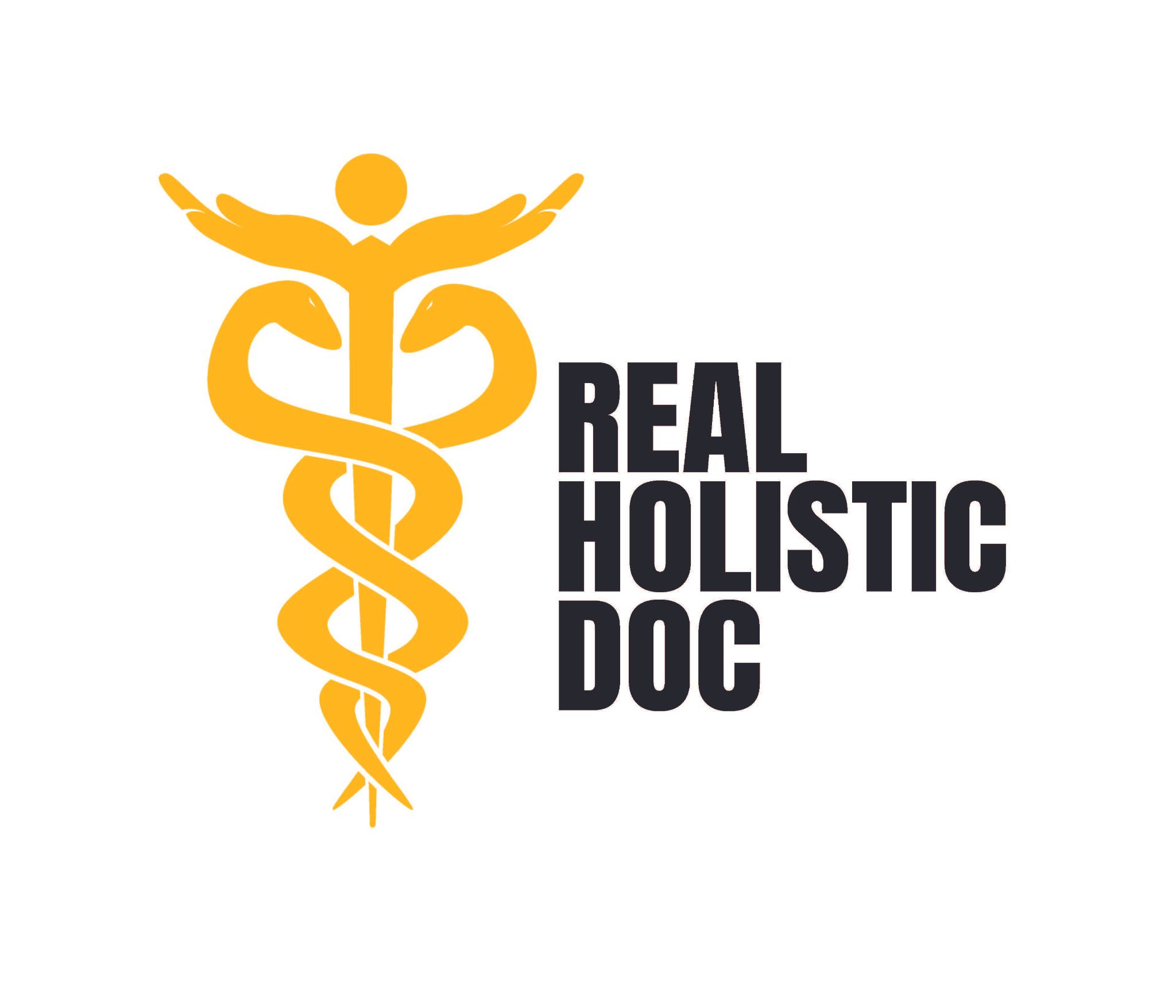POSTURE PUMP
NEW POSTURE PUMP RESEARCH Newsletter below the announcement:
?
Orbs: Interacting with Other Realms Prophets Conference, March 21-23 Spring Equinox
I invite you to join a conference I am speaking at in Palm Springs, California, Orbs: Interacting with Other Realms during the spring equinox weekend in March. Friday evening begins with a screening of the freshly edited film Orbs: The Veil Is Lifting which features interviews with researchers of this compelling topic. Sunday morning will begin with a screening of my film MEDICAL RENAISSANCE: THE SECRET CODE. Following the screening I will give an in-depth presentation on A Physician's Encounter with Heaven. The conference also features nine other teachers who are very versed in the topic of orbs such Miceal Ledwith (remember him from What The Bleep Do We Know!?) and Klaus Heinemann, co-authors of The Orb Project, Hope and Randy Mead, and John and Katie from the UK. It's coming up quickly, so please get the details now at: http://www.1shoppingcart.com/app/aftrack.asp?afid=732742
?????????????????
HUGS!
Norm
?
?
POSTURE PUMP— Superior for Neck Pain
C. Norman Shealy, M.D., Ph.D.
?
About 18 months ago I wrote about the results of our initial study with Posture Pump, a simple, effective device for relief of neck pain. This device employs Expanding Ellipsoidal Decompression (EED). EED is a virtually painless process where disc expansion is accomplished by inflating an air cell to the back of the neck. Under EED, discs of the neck expand in a curve corresponding to their natural wedged shape. In our initial study, we demonstrated that Posture Pump significantly reduced bulging discs, even after a single 20 minute session. In addition, neck pain was reduced over the subsequent three month period. Some migraine patients achieved relief from their migraine headaches when they used Posture Pump at the onset of a headache.?
?
I recently compared the effect of EED via Posture Pump with conventional linear traction. In conventional traction, the head is typically pulled or pried away from the body in a straight or angled line without regard for the necks natural curved shape.??
?
Thirty-six patients with neck pain of at least 6 months duration completed the IRB approved protocol. They ranged in age from twenty-one to eighty-five. Twenty were female; sixteen were men. We accepted all applicants who applied, if they were not on medications and if plain cervical spine films showed no fused vertebrae or congenital abnormalities. One man was found on X-Ray to have cervical ankylosing spondylitis. Four others were excluded because of necks too short to evaluate adequately in the devices while they were in the MRI. Three of the patients were over the age of 65 but were included because they were exceptionally healthy, on no medications and had minimal degenerative changes in the spine.
?
All subjects then came to the MRI facility where they first had an MRI to evaluate spinal anatomy and the feasibility of completing the study. One patient was found to have a significant tumor apparently arising from a nerve root and most likely a neurilemoma. He was referred to a neurosurgeon. Following the initial MRI, nineteen individuals then were placed in conventional linear traction, and set at patients maximum tolerated level while an MRI was preformed. Following the linear traction, these patients were placed in the Posture Pump while the final MRI was performed. Seventeen subjects had a second MRI while in the Posture Pump after the initial screening MRI. Finally they received the linear traction while the third MRI was done.
?
The results were striking!? Linear traction invariably straightened the cervical spine into a position which is the opposite of ideal for normal posture. Posture Pump� invariably improved the alignment of the cervical spine, while opening the disc spaces both anteriorly and posteriorly. Interestingly range of motion of the spine, measured before and after each application, was almost always improved after the second intervention. When linear traction was done initially, overall range of motion improved nine degrees. The subsequent application of Posture Pump led to increased range of motion to an average of 31 degrees. When Posture Pump was used initially, range of motion increased 12 degrees and with subsequent linear traction, range of motion increased 30 degrees. In our earlier study a single application of Posture Pump for 20 minutes improved range of motion more than the current study where the application was done only for the time of the MRI.
?
?
?
?
The bottom line is obvious to me. Posture Pump significantly decreases bulging discs, improves neck pain and improves cervical spine alignment. Although linear traction has been used for many decades, the MRI and clinical results with Posture Pump are superior. Incidentally, I think it is important to state that I did this project as an independent research project and have no financial interest in the product.
?
I am currently in the process of analyzing the voluminous data to be gleaned from this extensive and never before performed study. The detailed measurements and analysis are proving to be quite striking. More to come!
?
?
